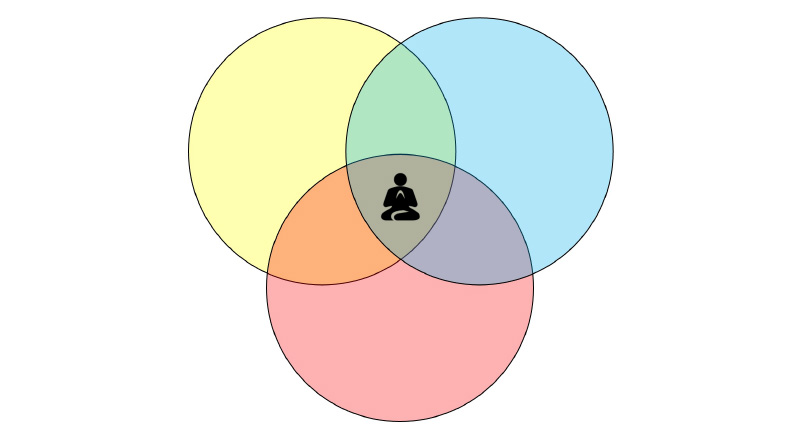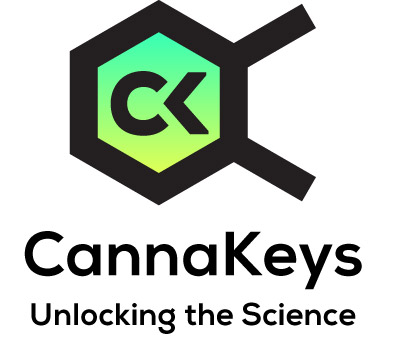
M_____’s question:
My name is M_____ and I have seen a lot of your research on the entire endocannabinoid system. I am 21 years old and been using cannabis almost everyday for the past 3 years, I was wondering if you could explain in simple terms how I can get my endocannabinoid system back into balance because I am trying to quit this psychological addiction and I cant seem to find a lot of research on abuse of cannabis on this system. I understand the thc molecules attach to the cannabinoid receptors in place of the cannabinoids but with this abuse of cannabis does my body create less cannabinoids or is it something completely different? I am just trying understand the effects this addiction has had on my body. If you could give me any information or help I would be grateful.
Uwe’s answer:
While I cannot give you medical advice (I am not a physician), I can share some information (feel free to show your healthcare provider) that you can use to make more informed and discerning decisions regarding your questions and concerns.
While much of our CK platform focuses on the therapeutic aspects of cannabis, we are keenly aware of the potential adverse effects that come with the use of any drug or substance. As such, we have included sections such as Cannabis Adverse Affects,Cannabis Dependence, Cannabis Hyperemesis Syndrome, and Poisoning by Synthetic Cannabis to represent our users with the currently available scientific data that provides the context for a deeper understanding of how cannabis and what type of cannabis contributes to adverse effects such as addiction for example.
Please allow me to share a brief synopsis: Evidence of cannabis use disorder (CUD) is linked to the chronic use of a cannabis chemotype I (THC>CBD). In contrast, cannabis chemotype II (THC=CBD) in the form of nabiximols or cannabis chemotype III (THC<CBD) containing products has been associated with anti-addictive properties such as effectively reducing withdrawal symptoms and cravings. The additional therapeutic potential was reflected in reduced relapse rates. These effects were found to be able to be fortified by psychological interventions such as motivational enhancement therapy or cognitive behavioral therapy.
Regarding the safety profile of CBD, a double-blind placebo-controlled trial indicates no evidence of withdrawal syndrome with abrupt discontinuation of short-term treatment with CBD (in healthy volunteers). As such, while there is a risk of developing CUD with the chronic use of cannabis chemotypes I, cannabis chemotypes II and III may present an exit drug potential not just for CUD but also for so-called hard drug addictions.
In addition, getting sufficient sleep, strenuous exercise, a focus on healthy nutritional support, and various forms of meditative (e.g., Tai Chi, Yoga) or other mindfulness practices have been shown to support and balance healthy endocannabinoid function, the stabilization of mood, and to develop the see-through needed to make healthier choices in the future.
I have talked with several patients who suffered from CUD, and many who successfully healed their addiction found that having support from a group going through similar challenges also made a significant difference in nurturing the body, mind, and emotions back to a healthy and resilient state of being.
Disclaimers: the information in this email and the information contained in the embedded links/site is provided for informational purposes only and is not meant to substitute for the advice provided by your own physician or other medical professional. You should not use the information contained herein for diagnosing a health problem or disease. If using a product, you should read carefully all product packaging. If you have or suspect that you have a medical problem, promptly contact your health care provider.
Information on this site is based on scientific studies (human, animal, or in vitro), clinical experience, or traditional usage as cited in each article. The results reported may not necessarily occur in all individuals. For many of the conditions discussed, treatment with prescription or over-the-counter medication is also available. Consult your physician, nutritionally oriented health care practitioner, and/or pharmacist for any health problem and before using any supplements or before making any changes in prescribed medications.

